Hydnora africana Facts
- The somewhat hard to pronounce term of Hydnora africana represents the scientific name for this remarkable product of evolution. However, this marvel of Nature also goes by a few equally difficult to pronounce names. These include the titles jakkalskos and jackal food.
- The unusual flora received its technical designation due to the efforts of Carl Peter Thunberg. The respected Swedish naturalist accomplished the first formal recognition of it as a separate and distinct species. He accomplished this scientifically noteworthy deed in the year 1775.
- Regardless of the name one uses for it, the amazing plant remains a source of fascination for reasearchers. It forms the only known Angiosperm to have no leaves or scales. The species also grows almost completely underground, with only its flower rising above the surface.
- Thankfully, the distinctive Hydnora africana appears to be maintaing a population base that’s both stable and sufficient. This pleasant state further seems to hold true across the entirety of its range. The IUCN therefore does not currently show the plant on its published Red List.
- The marvel of nature nevertheless faces several potential threats to its continued existence as a species, at least. In, this, it faces the same perils as all forms of life on earth today. Its greatest threats stem from the actions of man, and include habitat loss and ongoing climate change.
Related Articles
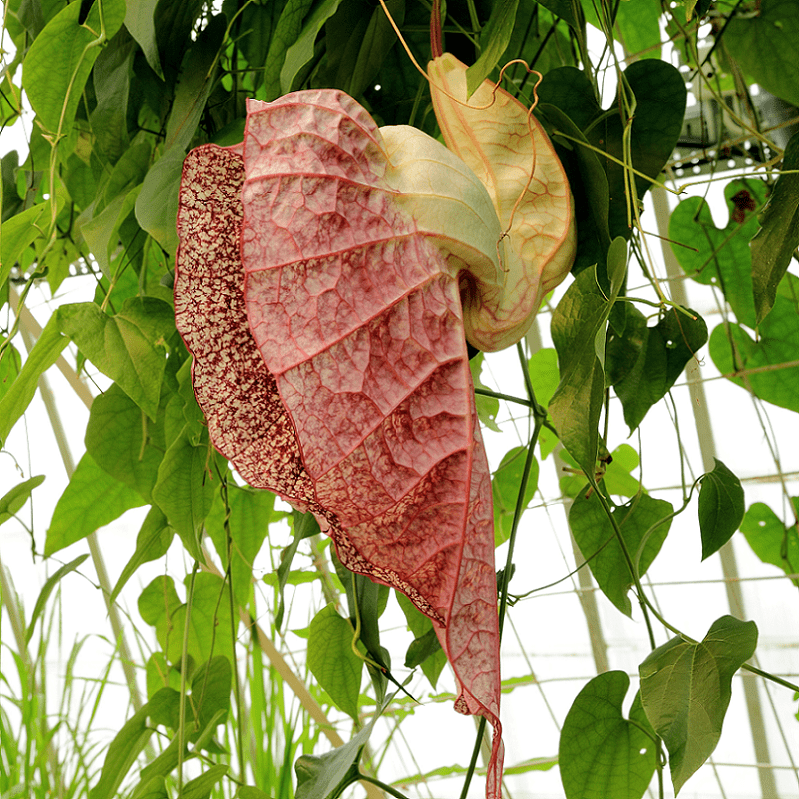

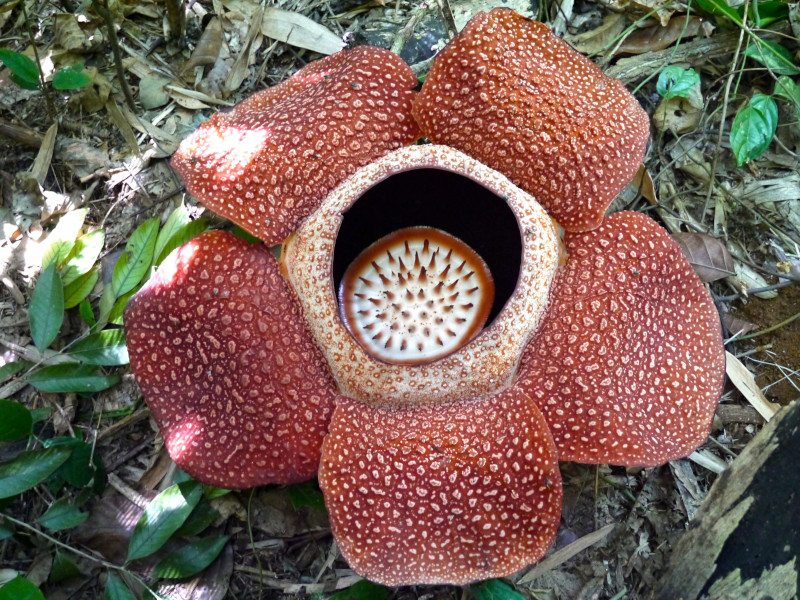
Hydnora africana Physical Description
The startling Hydnora africana rarely fails to capture the attention and interest of those individuals who encounter it. Yet, it typically does so for a combination of factors that distinguish it from most other plants. These include its unique growth pattern and its extremely unpleasant aroma.
The remarkable plant grows entirely underground, with only its fleshy, mushroom-like flower occasionally emerging above the soil surface. It also completely lacks chlorophyll and depends on its host plant for nutrients. For this, it typically parasitizes the roots of members of one Family.
Since evolution created the plant to grow almost entirely subterranean and parasitic, it thus lacks the traditional stems and leaves so closely associated with most plants. Meanwhile, the body of the strange plant’s generaly composed of comparatively thick, fleshy roots that latch onto its host.
The extraordinary flower’s where the reproductive organs are located, with the male and female parts situated inside. This emits a very strong, unpleasant odor resembling feces to attract its specific pollinators. This scent helps mimic the decaying matter that these insects typically seek.
The bloom of the attention-grabbing Hydonra africana itself most frequently serves as the source of fascination for the majority of people, though. This distinctive flower consists of three fleshy lobes that form a tight cap-like structure, which opens to reveal the inner parts when mature.
The vertically growing bloom also attains a fully respectable size. Fully mature examples attain lengths of as much as 4 in (10 cm). Generally, this displays a reddish-brown shade. Exceptions to this do occur, however, with other colors sometimes ranging from orange to even a pale pink hue.
This wonder of the botanical world also boasts other features worthy of note. For one, the inner layers of the flowers possess a lining of numerous fine hairs. Its fruit’s notable, too. After pollination, the plant produces a large, fleshy fruit underground, similar to a berry, with many small seeds.
- Kingdom: Plantae
- Phylum: Angiosperms
- Class: Magnoliids
- Order: Piperales
- Family: Aristolochiaceae
- Genus: Hydnora
- Species: H. africana
Hydnora africana Distribution, Habitat, and Ecology
The stunning Hydnora africana evolved as native to a moderately limited portion of the surface of the earth. That zone of habitation’s located in a region of the globe already well known for its abundance of natural marvels, though. As the name clearly implies, the flora’s indigenous to Africa.
Yet, even within that greater landmass, it only appears within a limited area. It’s native to the southern section of the continent, and has a relatively limited distribution even there. The flora’s mainly found in the countries of South Africa, Namibia, Botswana, and southwestern Angola.
This species displays decidedly clear and specific preferences regarding its choice of habitat. It’s primarily present in regions of either desert or semi-desert environments. It thrives in areas with low rainfall. These regions are often characterized by sandy or rocky soils with poor water retention.
It’s also commonly found in sections of scrublands, where hardy, drought-resistant shrubs tend to dominate. It additionally frequently appears in both coastal and inland areas of its native range, as long as the local conditions remain consistently dry and sufficient suitable host plants appear.
The continually surprising plant also often inhabits well-drained, sandy, or gravelly soils. That’s possible because of its underground nature and dependence on the root system of host plants. This combination allows the unique flora to survive in generally nutrient-poor and water-scarce soils.
Perhaps most extraordinarily of all, the Hydnora africana evolved as a parasitic plant. Due to this, along with its specialized pollination strategy and its interactions with other species in its arid habitat, its ecology remains complex. Certain key aspects of this trait, however, do dominate.
It’s a holoparasitic plant, meaning it relies entirely on its host plants for water and nutrients. It parasitizes plants in the Euphorbiaceae family, particularly Euphorbia species. Its own roots attach themselves to those of its host, forming structures that allow the parasite to extract its nutrients.
The intriguing plant’s otherworldly bloom emits a strong, foul odor strongly resembling decaying organic matter or feces. This overpowering scent attracts local populations of both dung beetles and carrion beetles. It’s such species as these that form the primary pollinators of this natural marvel.
The flower’s design in a way that when beetles enter to investigate the scent or lay eggs, they become trapped. During this time, they collect or deposit pollen, facilitating cross-pollination when they visit other flowers. After a few days, the flower slowly opens to release the trapped insects.
Species Sharing Its Range
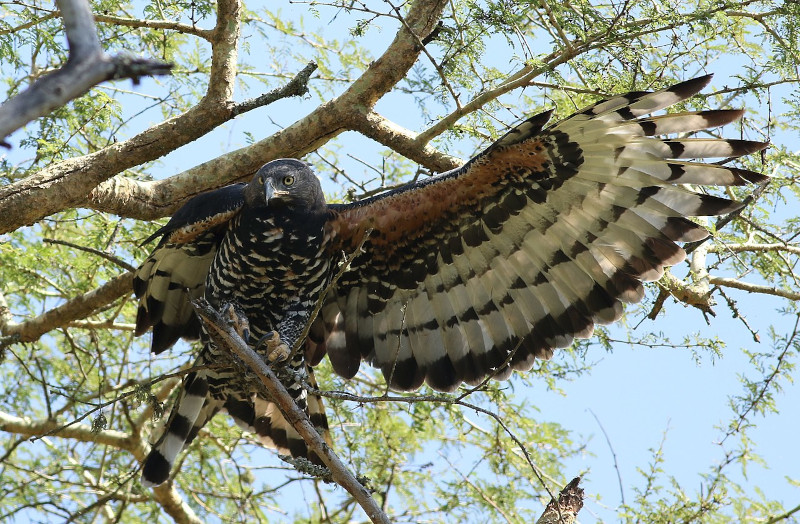
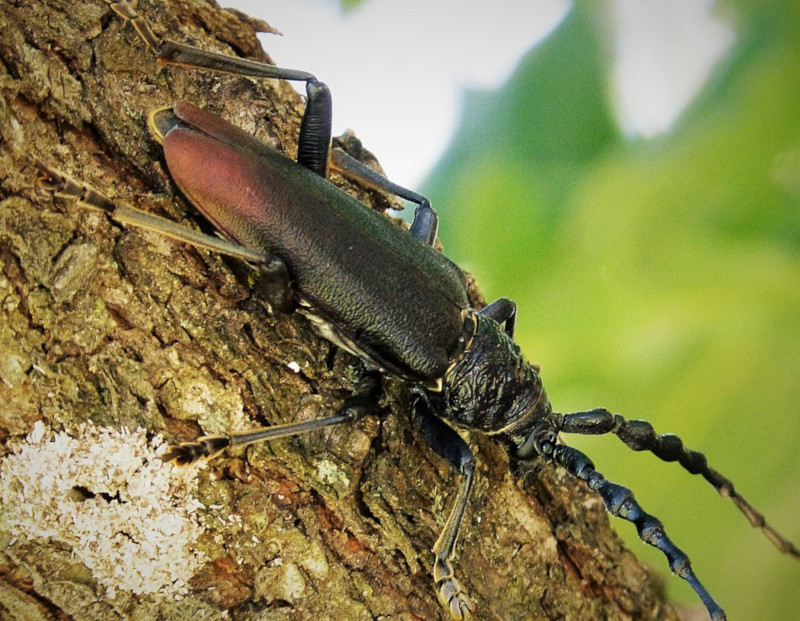
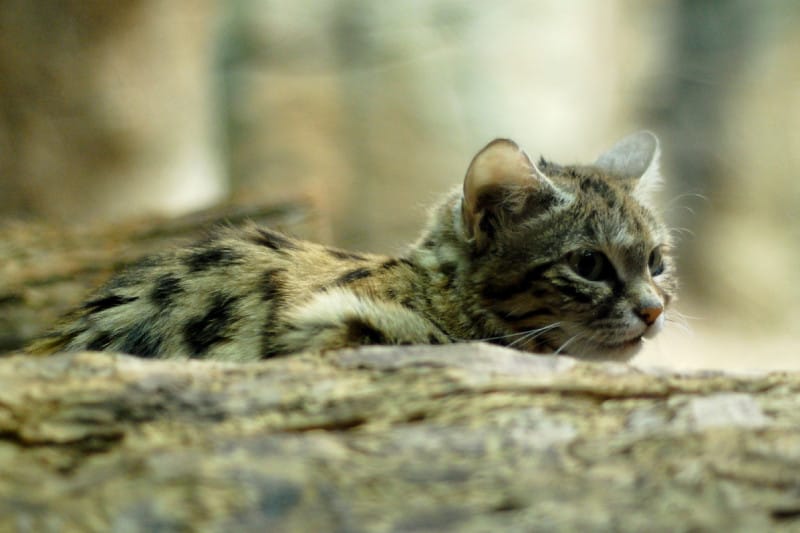
Check out our other articles on 3 Beautiful Butterflies of Canada, Clouded Leopard, Socotra Dragon Tree, Autumn Meadowhawk, Sliding Rock, Golden-Handed Tamarin, Pinecone Fish, Indian Vulture
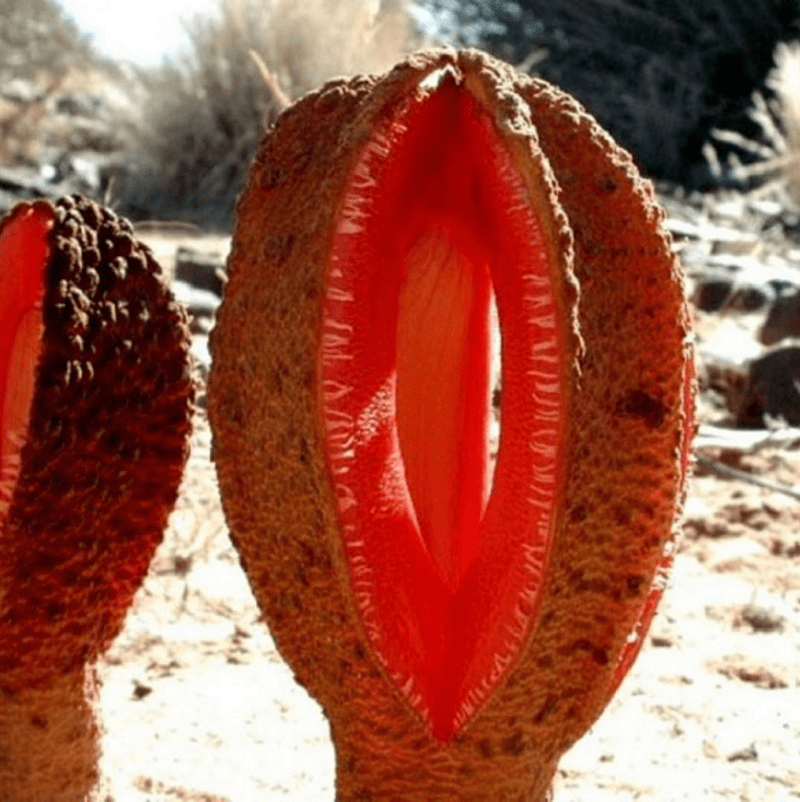
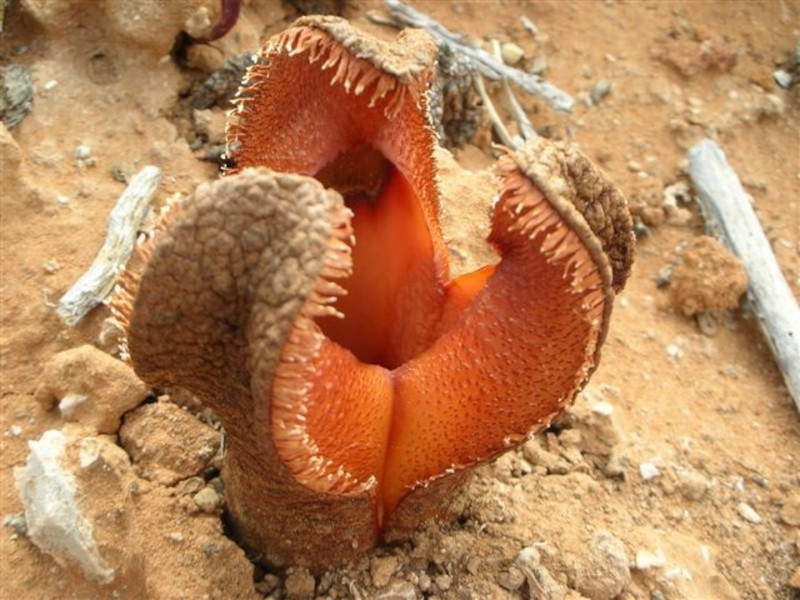
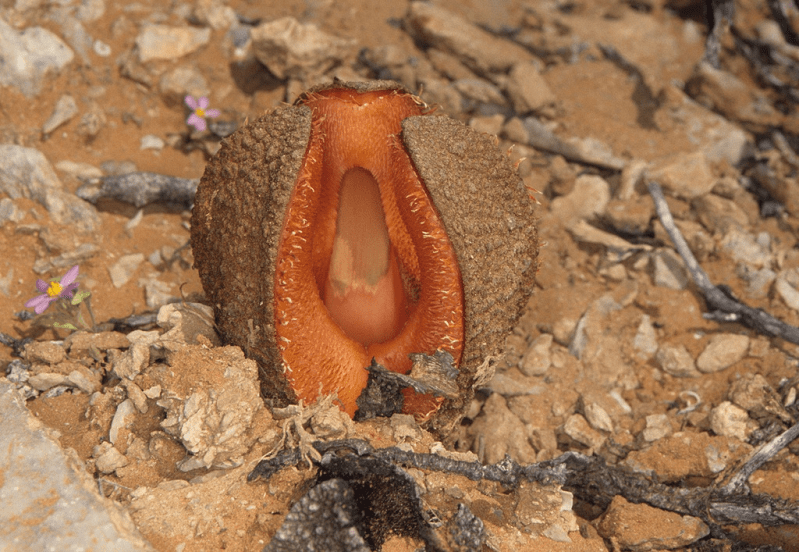









Leave a Reply